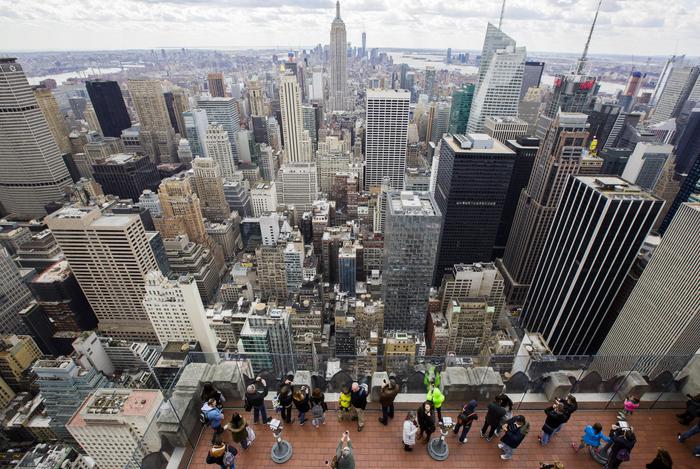A bill proposal to reduce migratory bird deaths was announced by members of Council member Francisco Moya’s office at a rally outside City Hall on Thursday. The proposal requires privately owned commercial buildings to reduce lighting at night. New York City’s glass buildings attract millions of migratory birds every fall and spring. Unfortunately, nearly a quarter million of them die every year by colliding with the brightly lit facades and windows.
To address this issue, the proposal suggests that buildings can apply for landmark status or demonstrate a security need to keep necessary lights on at night, and the lights-out requirement wouldn’t apply when anyone is present inside a building.
Jessica Wilson, executive director of NYC Audubon, explains that artificial light at night disorients birds and draws them into urban areas like New York City. A recent study conducted in Chicago found that turning off half of the lights in a building can reduce bird collisions by six to 11 times depending on the time of year. However, a previous bill considered by the City Council in 2021 never made it to a vote due to opposition from the Real Estate Board of New York, which raised concerns about staff time needed to implement the policy and the importance of security lighting.
In 2021, the City Council passed two bills to reduce lighting in buildings owned and operated by the city, and regulating lighting in private buildings is a crucial next step.
Lights-out legislation supporters argue that artificial light pollution not only affects birds but also has serious health consequences for humans, especially those living in environmental justice communities. Nighttime light pollution can interrupt the body’s circadian rhythm and lead to more serious health problems over time. Kathy Nizzari, founder of the Lights Out Coalition, emphasized at the rally that light pollution kills the most vulnerable: birds, other animals, humans, women, the unhoused, and the planet.
The proposed legislation would not only help individual migrators but also have a greater impact on conservation, as bird populations have been in decline.












